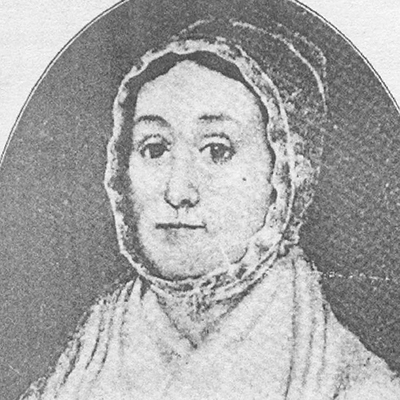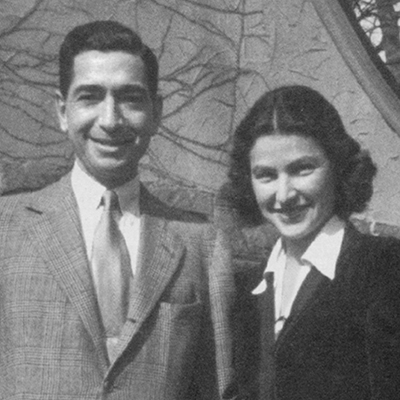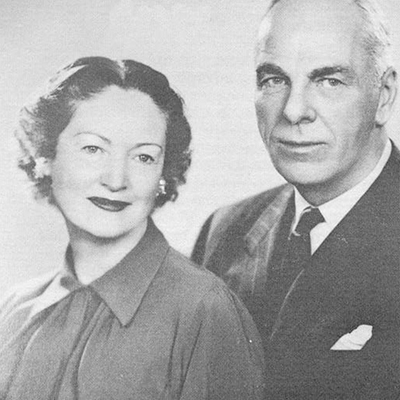
History
From the creation of the first donor-advised fund to our vital role in the region’s response to the AIDS crisis, September 11th, and COVID-19, The Trust has always been a pioneer, innovator, and leader.

Celebrating 100 Years
Join us in celebrating a century of doing good. Share your vision for the future, attend free events, and more.
1923
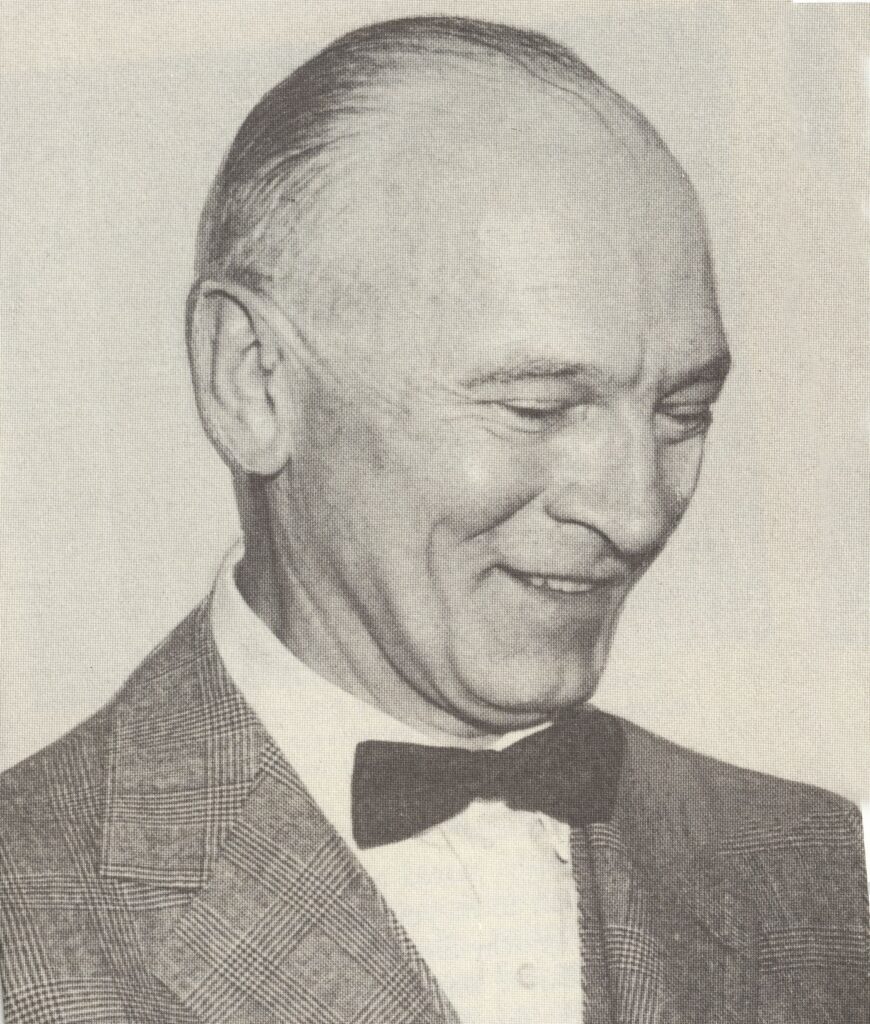
Ralph Hayes becomes first director
After demonstrating his "administrative genius" at the Cleveland Community Foundation (the first community foundation), Ralph Hayes was tapped to become the first director of the New York Community Trust. During his successful 44-year tenure, assets grew from a humble $1,000 to $60 million.
1924
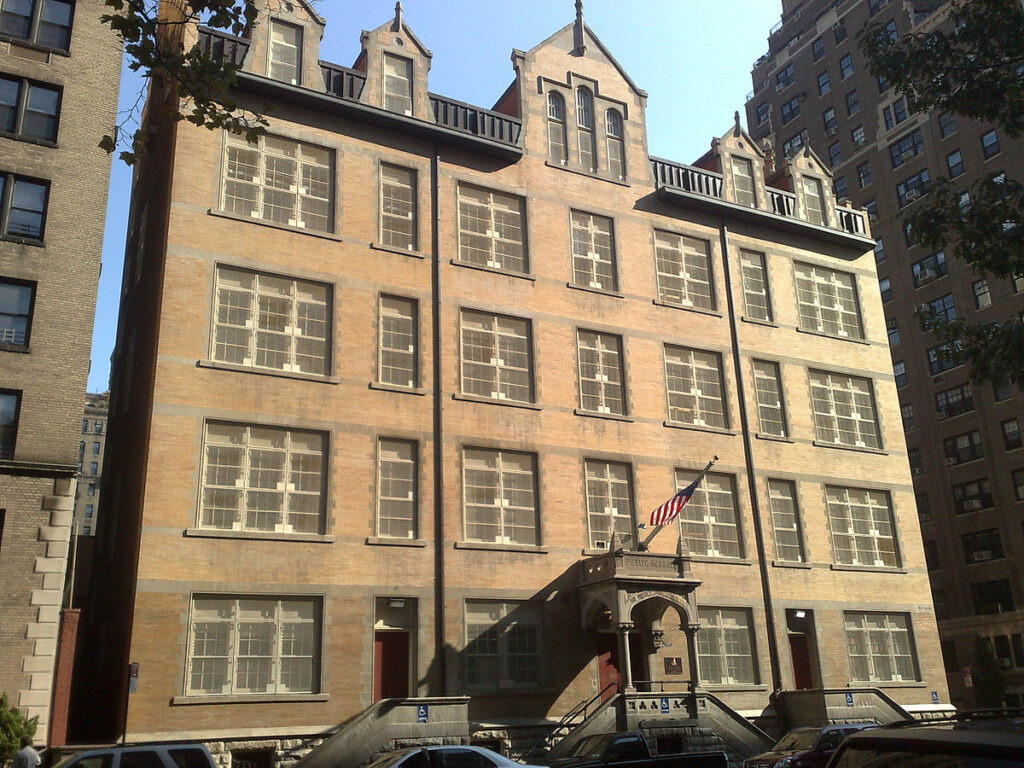
First gift, first grant
Though the Trust was formed by 11 Trust Banks, the first gift was made by Mrs. Rosebel G. Schiff, in the amount of $1,000, in memory of her beloved principal at P.S. 9, Theresa E. Bernholtz. Mrs. Schiff's gift established a prize to be given to a girl at the school who had earned the "highest respect of her teachers." In June, at the graduation ceremony, the first award—of $20—was given.
1928
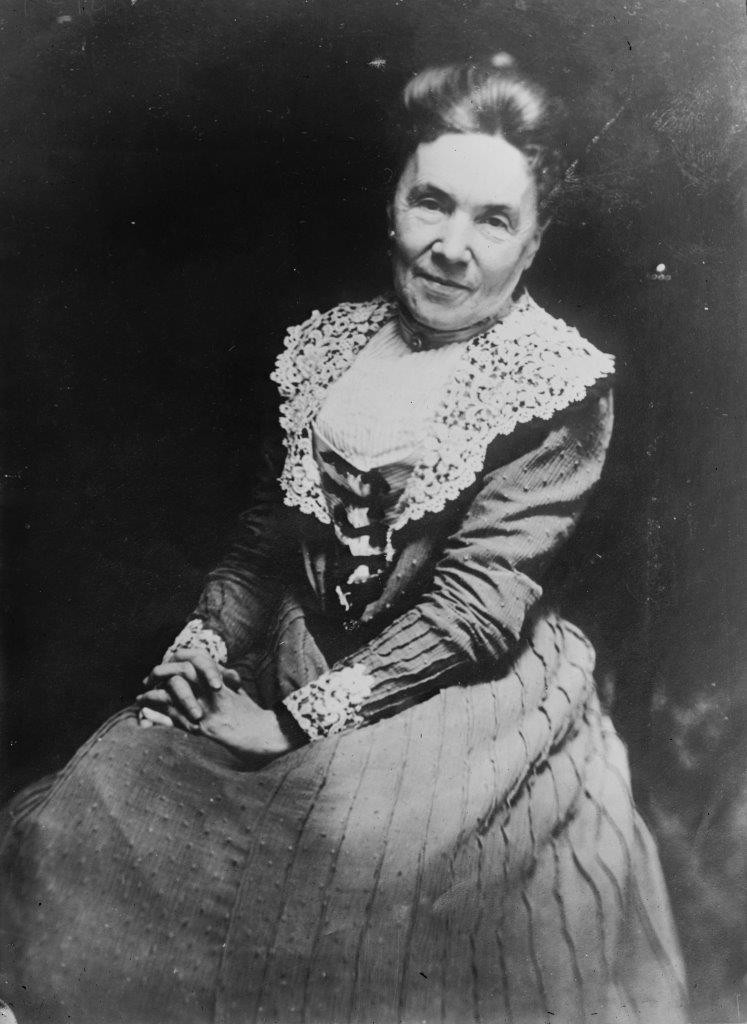
Rockefeller gives $2.5 million
The Laura Spelman Rockefeller Memorial Fund was created with $2.5 million from the dissolution of Mrs. Rockefeller’s private foundation. John D Rockefeller, Jr., wanted to help the community foundation take root and carry out his mother's philanthropy.
1931
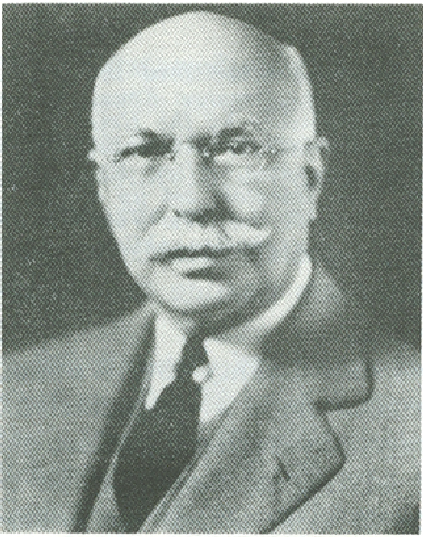
The Trust creates the first donor-advised fund (DAF)
The Trust created the first donor-advised fund after donors William and Françoise Barstow approached the Trust with what was then a novel request. They wanted to create a legacy fund at our foundation, while also having the ability to support their preferred nonprofits during their lifetime.
1941

The Trust creates the James Foundation
Lucy Wortham James, a Dun & Bradstreet heiress, left her estate to The Trust. As a child, she moved from St. James, Missouri, to New York. Her fund supports nonprofit work in New York and maintains her family’s land in the Ozarks through the James Foundation.
1951
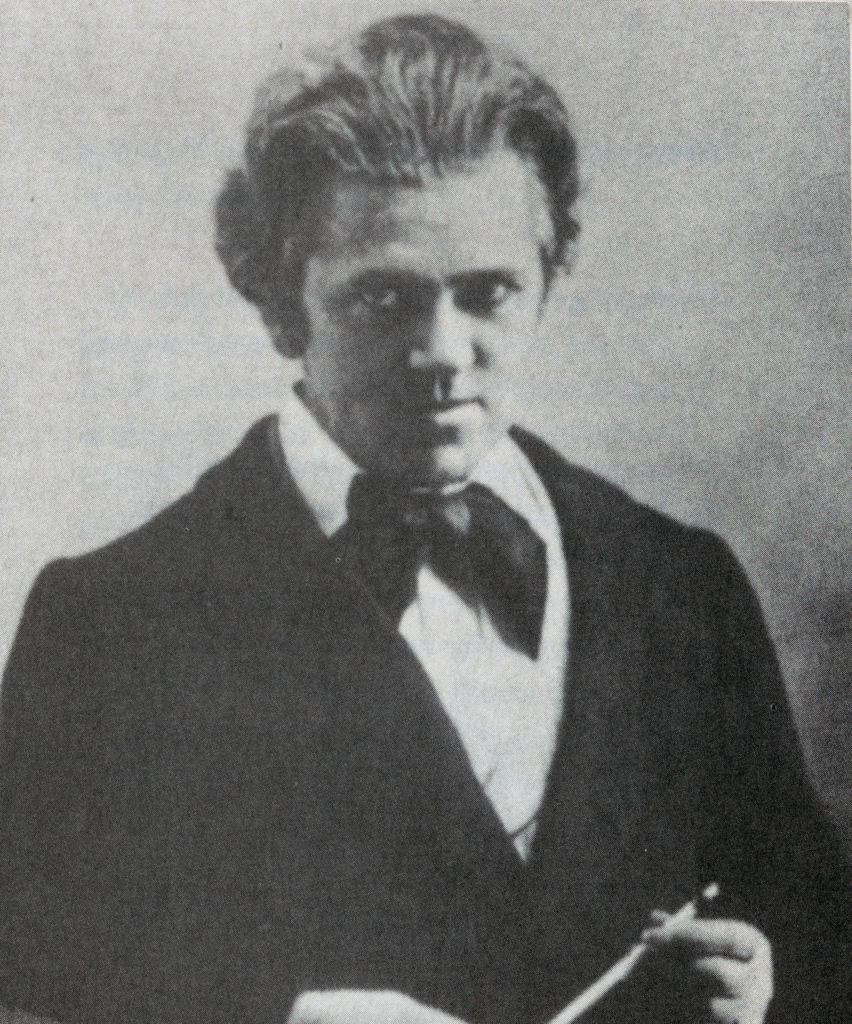
An actor's legacy gift helps others with vision loss
David Warfield, an actor who shattered the record for the longest-running Broadway show in the early 20th century, left his estate to The Trust. As he neared the end of his life, David lost his vision and wanted to help others with visual disabilities. Today, the David Warfield Fund supports mobility training, social services, programs, and employment assistance for people with impaired vision. Because of David Warfield and other legacy donors, The Trust is the largest contributor to disability causes in our region.
1956
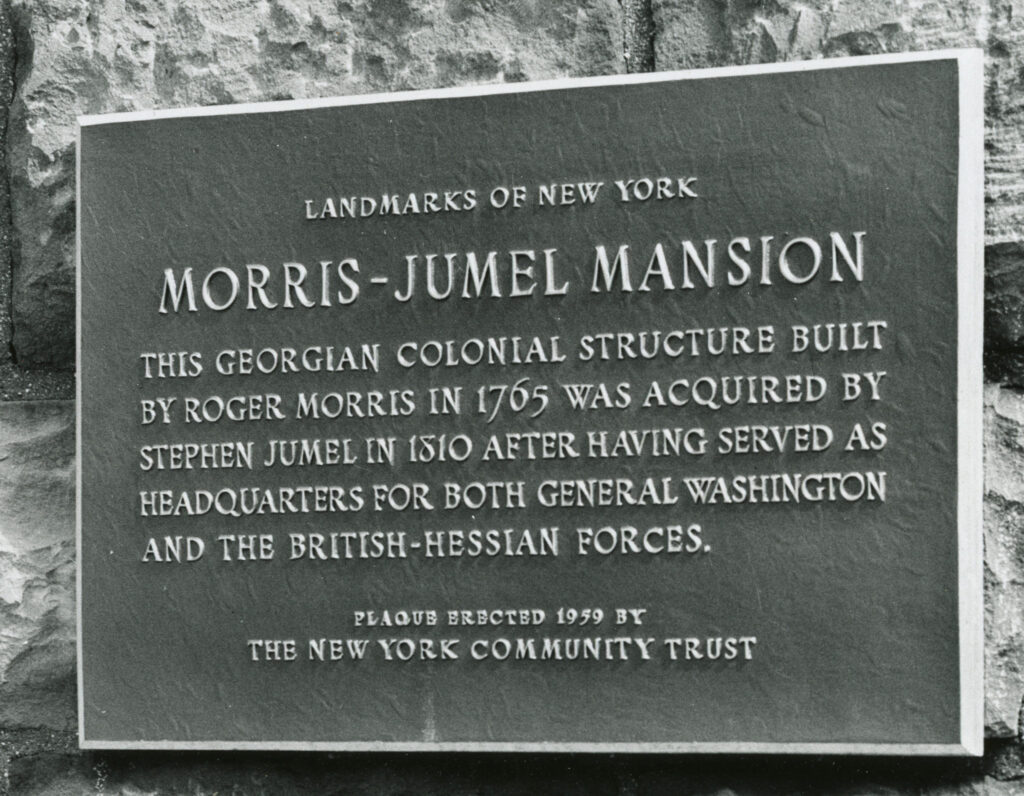
Honoring New York's architecture
Andrew C. McKenzie was a prominent Brooklyn architect. His widow, Isabel C. Mckenzie, started a fund to honor New York architecture; the Municipal Art Society joined The Trust to recognize landmarks with plaques. In 1969, the New York City Landmarks Preservation Commission took over the project.
1967
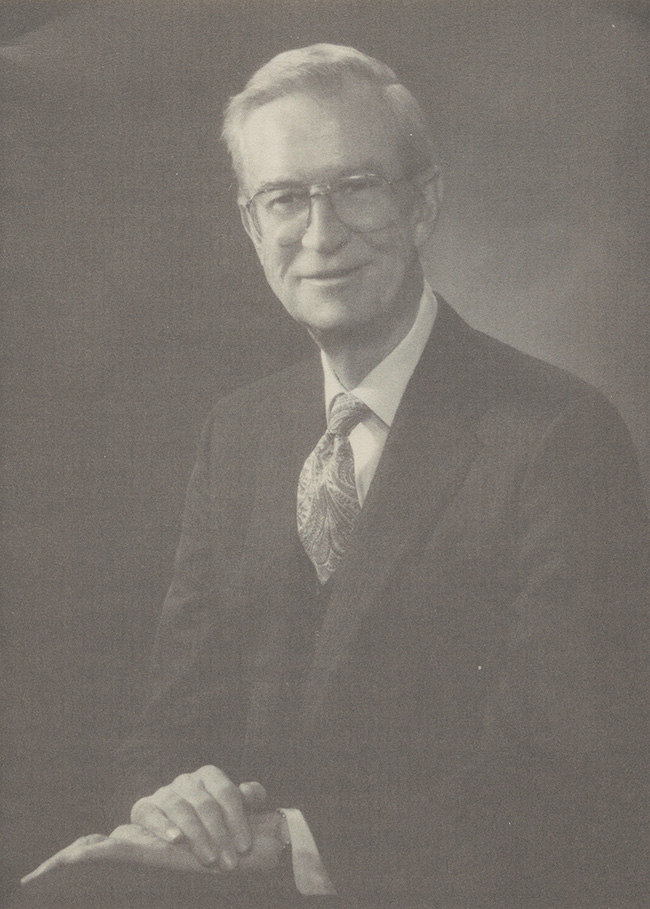
Herb West becomes president
After a successful career in advertising, Herbert West was appointed president of the New York Community Trust. He was an innovator, bringing new approaches to donor and professional advisor relations that shaped how community foundations operated across the country. Under his leadership, the assets of The Trust grew from $60 million to $750 million.
1975
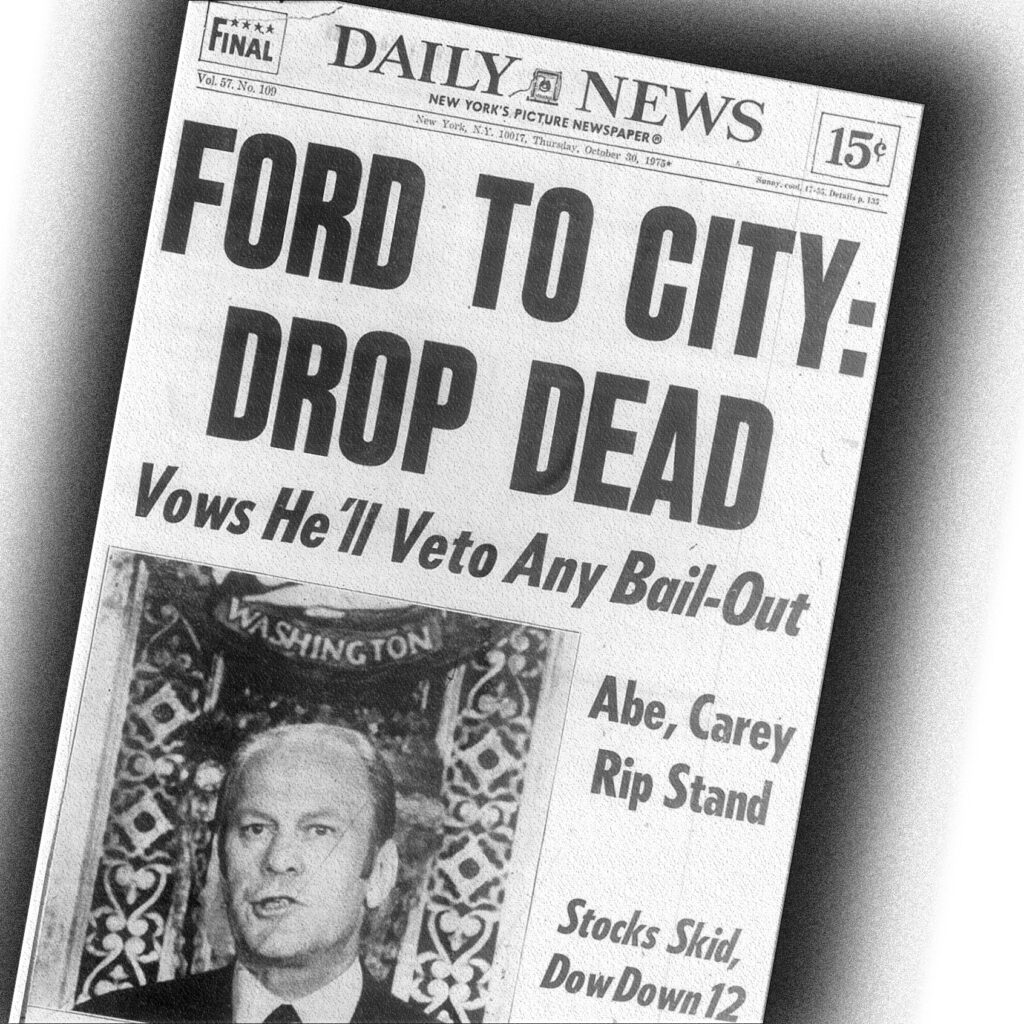
New York's debt crisis
New York’s debt crisis in the mid-1970s threatened millions of dollars of contracts to nonprofits. The Trust worked to explain the conditions that led to the crisis, helped nonprofits think about alternate sources of funding, and brought together city and state agencies, nonprofits, unions, and others to try to minimize the effects of the crisis on the delivery of critical social services.
1975
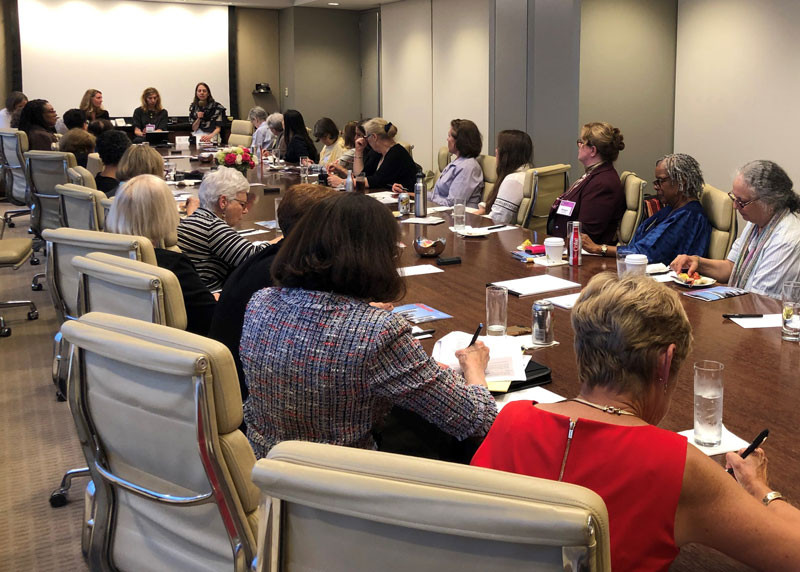
Westchester and Long Island offices established
At The Trust, we think keeping philanthropy local ensures that our donors' generosity best meets the needs of their communities. This led us to open offices in Westchester in 1975 and Long Island in1978. Since then, our Long Island and Westchester offices have developed strong partnerships with local donors and nonprofits to support thriving communities.
1979
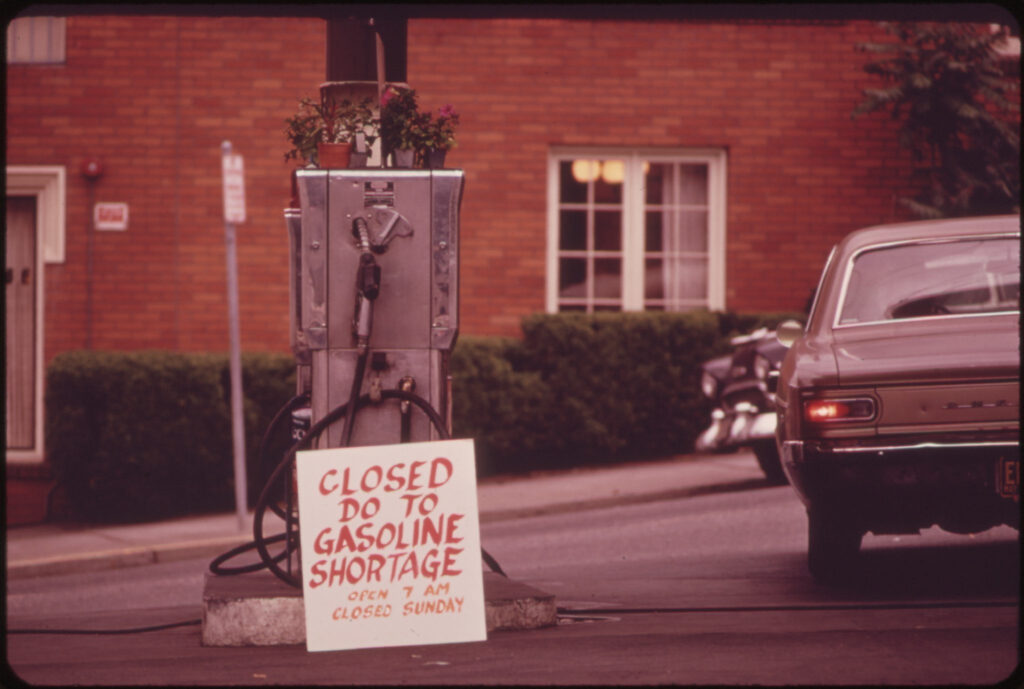
The Trust creates the Energy Conservation Fund
As the price of oil skyrocketed, The Trust created the Energy Conservation Fund in 1979 to help plan and finance energy-efficient projects in nonprofit-owned spaces. In 1984, we used a $15-million restitution award from the New York State Energy Research and Development Authority to create a statewide community foundation nonprofit energy conservation program. The Energy Conservation Fund was spun off and became the Nonprofit Finance Fund, which continues to provide important services today.
1981

Fight for education parity begins
The Trust and the Ford Foundation funded research that confirmed that high-need urban school districts were not funded as well as other districts in New York State. The Trust subsequently and repeatedly funded the Campaign for Fiscal Equity until a settlement was reached, and the legislature allocated the necessary funding to benefit city schools 40 years later.
1982
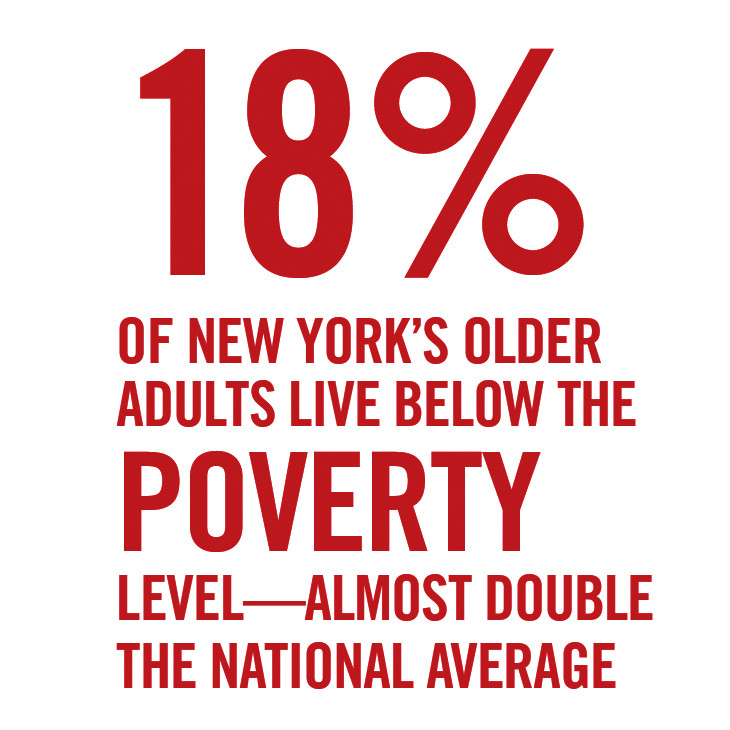
Citymeals on Wheels
The Trust gave Citymeals on Wheels its first grant to deliver weekend and holiday meals to older homebound adults, expanding this crucial service.
1983
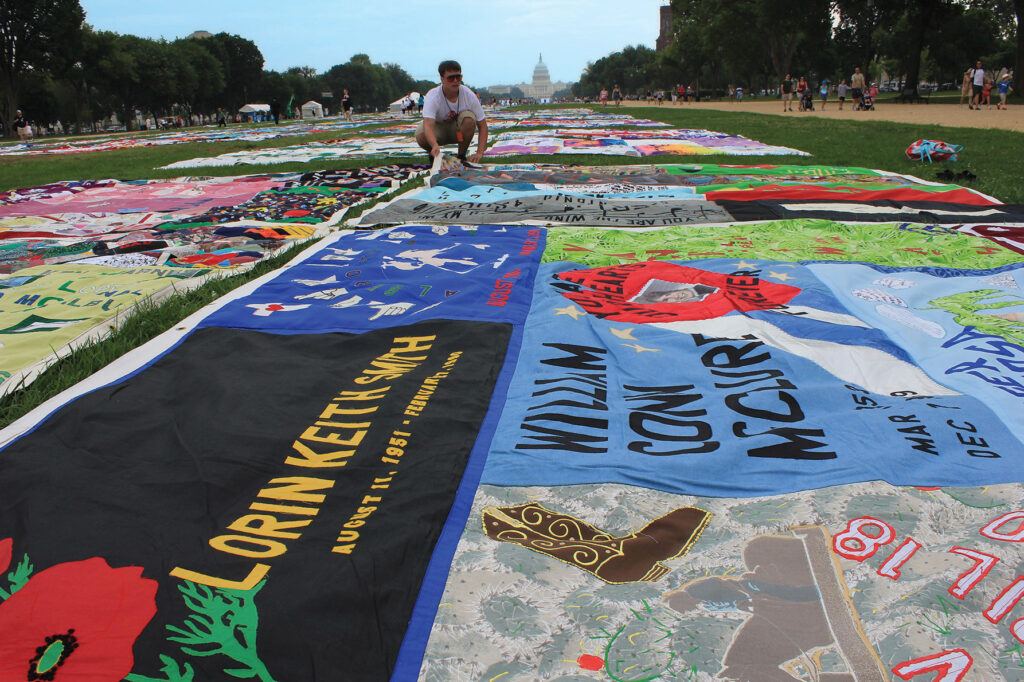
Early private aids research grant
The Trust was a pioneer in supporting programs responding to the AIDS crisis. The Trust made its first grant for HIV research in 1983, and six years later launched the New York City AIDS Fund with the National Community AIDS Partnership, a consortium of foundations and corporations. Housed at the Trust, the AIDS Fund operated from 1989 through 2014, uniting grant makers, local and state government agencies, human services organizations, and those living with AIDS toward a common goal of providing services to patients and funding research to develop improved treatments and ultimately eradicate the disease.
1986

The Fund for New Citizens is created
The Trust quickly responded to the Immigration Reform and Control Act of 1986 by creating the Fund for New Citizens to help immigrants in New York City. The Fund makes grants to strengthen immigrant-led organizations, challenge punitive immigration laws, promote pro-immigrant policies at the state and city levels, foster coalitions of immigration advocates and others with shared concerns, and support partnerships with legal services organizations. Since its inception, the Fund has helped residents understand and respond to complex and often-changing immigration laws and policies.
1990
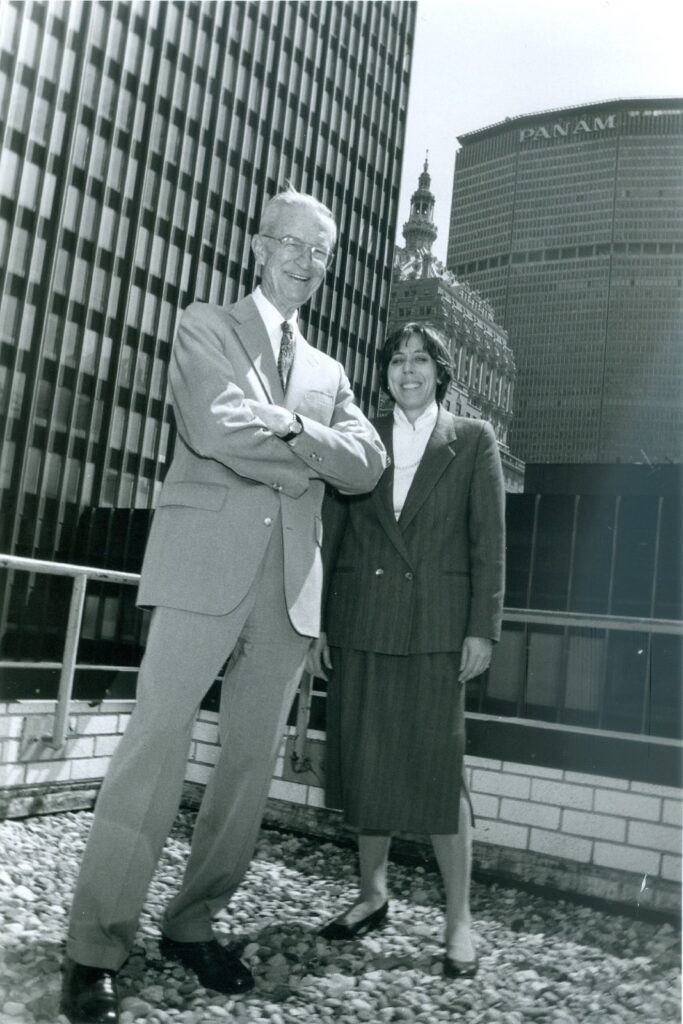
Lorie Slutsky becomes president
Lorie Slutsky was appointed president. Under her leadership, The Trust made more than $5 billion in grants, raised more than $4 billion, and quadrupled its endowment from $830 million to more than $3.5 billion. Lorie made an art of refusing to accept “business as usual” and propelled The Trust into new grant areas.
1991
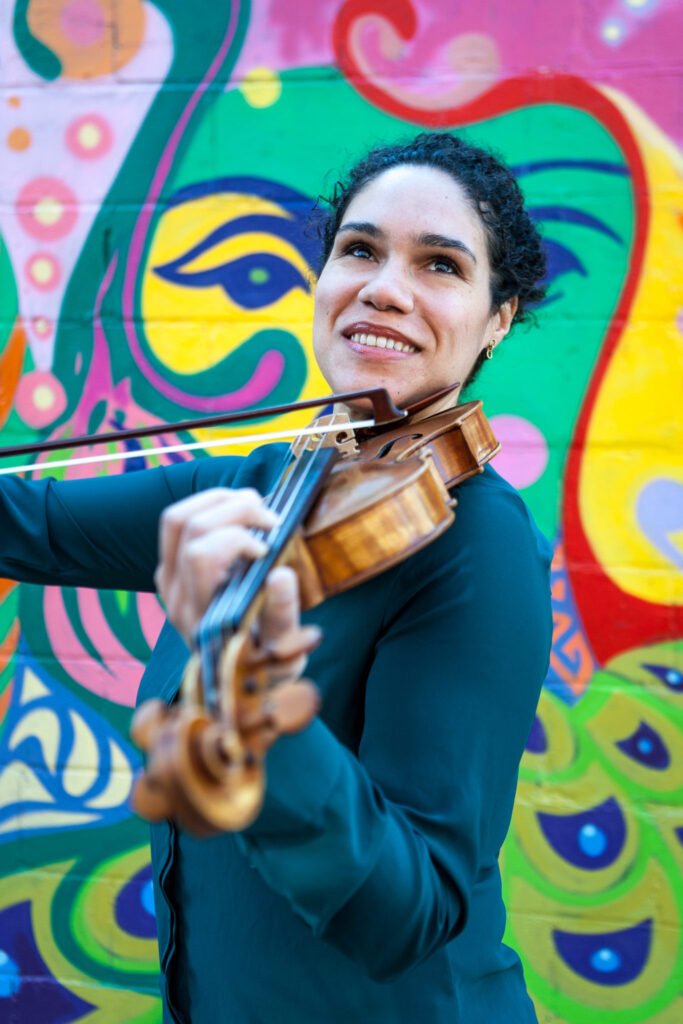
Van Lier Fellowship created
The Trust used Sally and Edward Van Lier’s legacy gift to help historically underrepresented young artists through fellowships to arts organizations. The Trust has awarded $25 million to arts organizations that have provided support to advance the careers of more than 2,000 young artists at the pre- and post-college level. Van Lier fellows have gone on to receive the highest awards in the industry.
1996
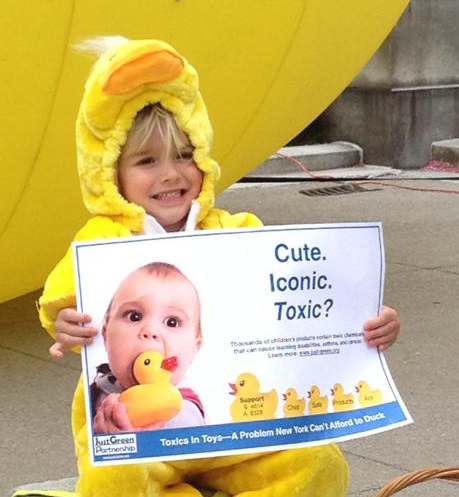
Environmental grantmaking with a global impact
The Henry Kraft Memorial Fund for environmental issues of national and international significance was established by a bequest from Mr. Kraft’s daughter. The Trust has awarded more than $90 million in grants from the fund to address climate change, environmental health, and biodiversity.
2001
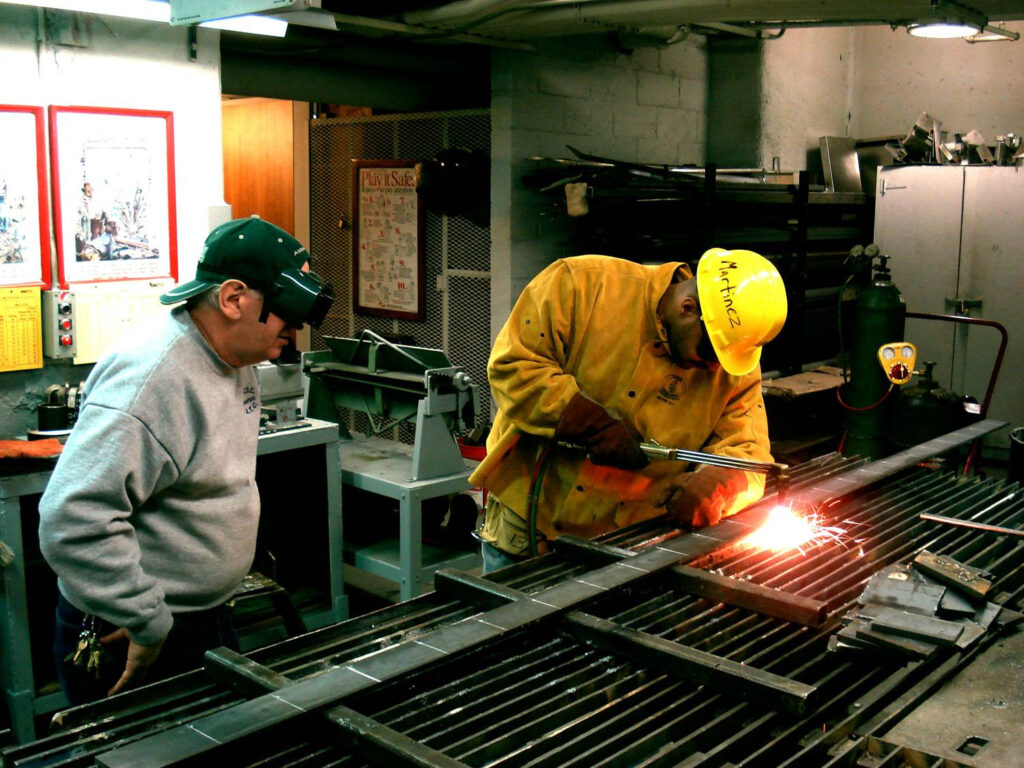
Workforce funds established
A group of foundations, including The Trust, came together to contribute to an initiative called the New York City Workforce Funders. The group works with nonprofits, city agencies, and businesses to create meaningful job opportunities.
2001
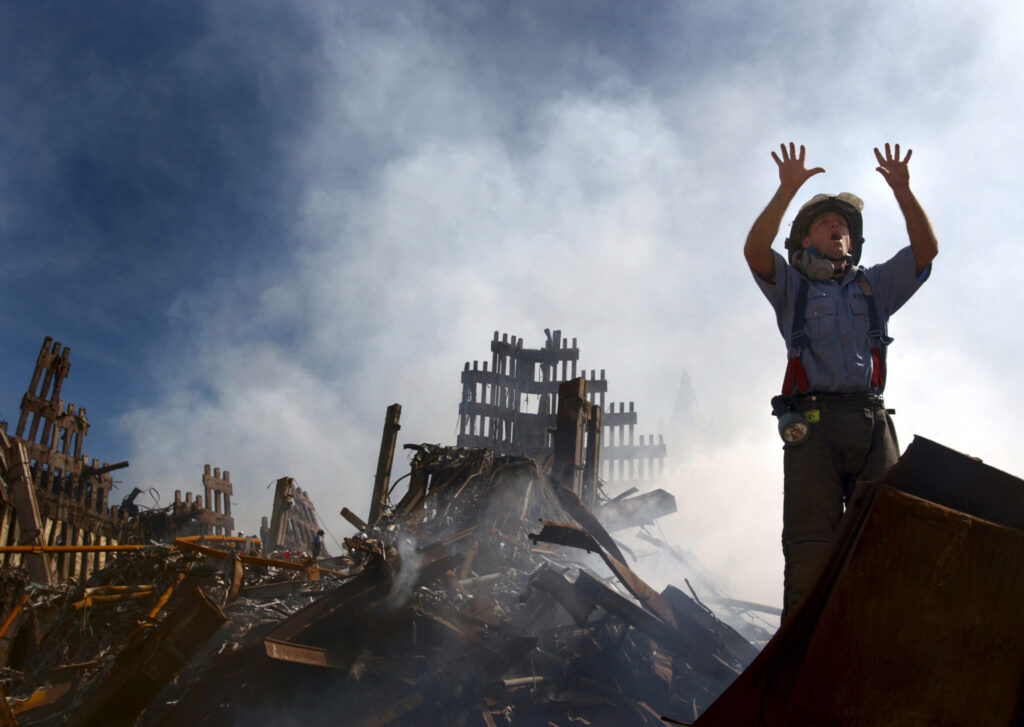
September 11th Fund
The afternoon of the 9/11 attacks, The Trust joined with the United Way of New York to create a fund to help victims, their families, and the affected community. The Trust raised more than half a billion dollars, which it spent on direct assistance to those affected by the attacks.
2012

Astor Fund Established
The New York State Attorney General asked The Trust to put $45 million from Brooke Astor’s estate to work in 2012. Astor’s long-time passion for children’s education, combined with troubling literacy rates in New York City schools, made the mission for her money obvious: to improve literacy across the five boroughs. A decade later, The Trust's grantmaking has influenced systemic improvements to reading instruction that will reach 2.4 million students across New York State.
2020
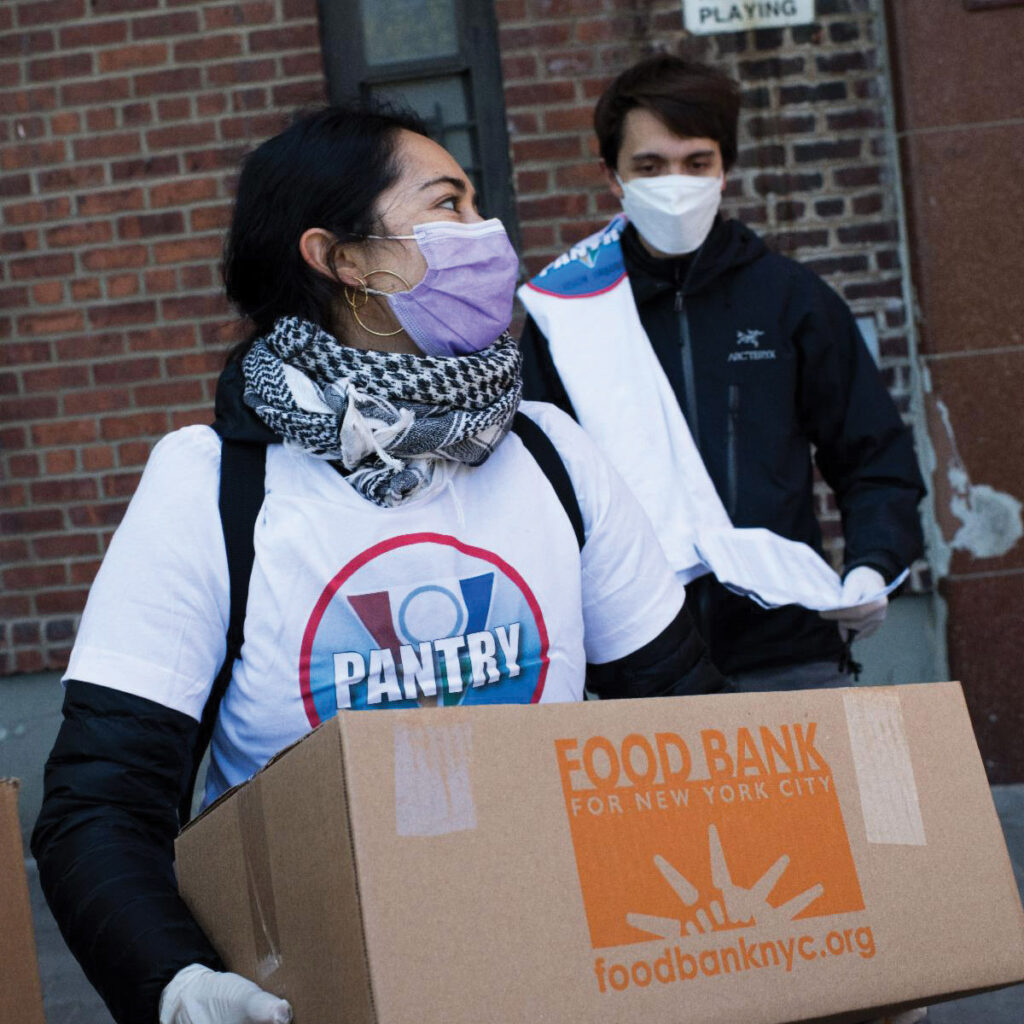
COVID-19 Pandemic
The NYC COVID-19 Response & Impact Fund was created to aid nonprofit service providers struggling with the initial health and economic effects of the COVID-19 pandemic. It raised more than $110 million from more than 1,300 donations and gave financial assistance to NYC-based organizations through 764 grants and 45 loans. The fund distributed more than $73 million in grants through The Trust and more than $37 million in no-interest loans through the Nonprofit Finance Fund.
2021
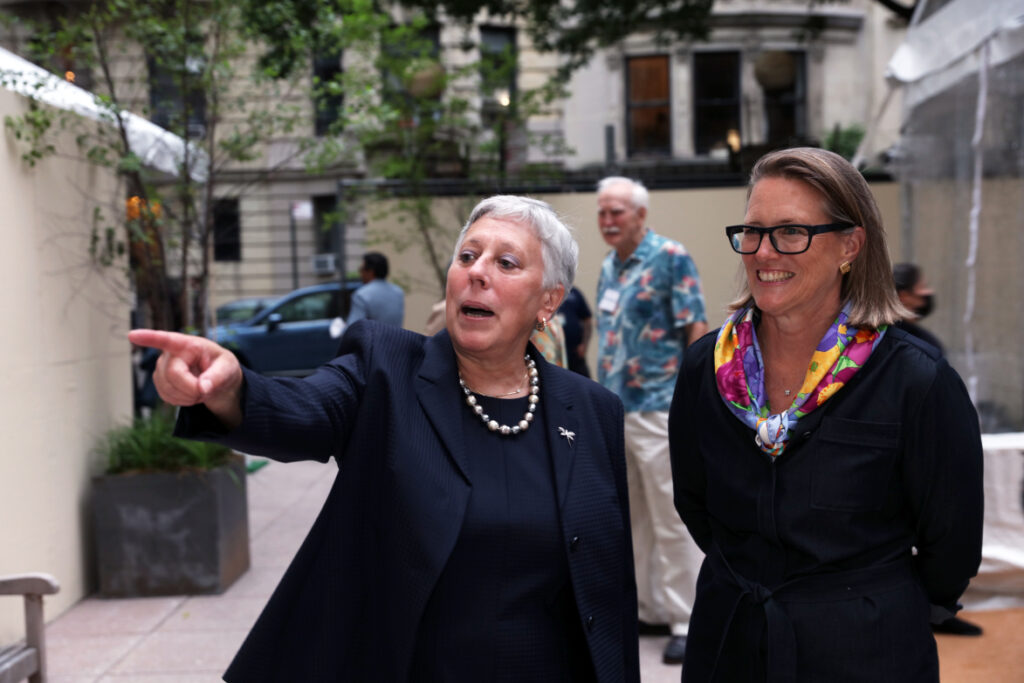
Amy Freitag becomes president
Amy Freitag was appointed president to lead The Trust into its next century. She previously led the J.M. Kaplan Fund, the Tortora Sillcox Family Foundation, and the New York Restoration Project. She also served as the deputy commissioner for capital projects with the New York City Department of Parks and Recreation. Every day, she partners with generous New Yorkers to support thriving, equitable communities in our region.
2024
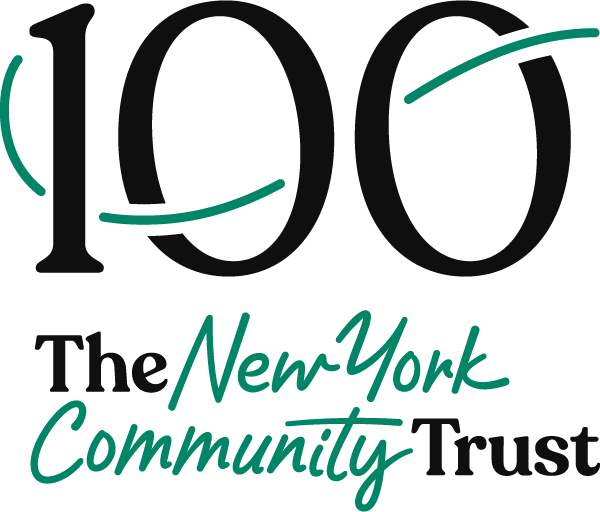
The Trust Turns 100
The Trust celebrates 100 years of partnering with generous New Yorkers to drive systemic reform and build a thriving and more equitable region.

